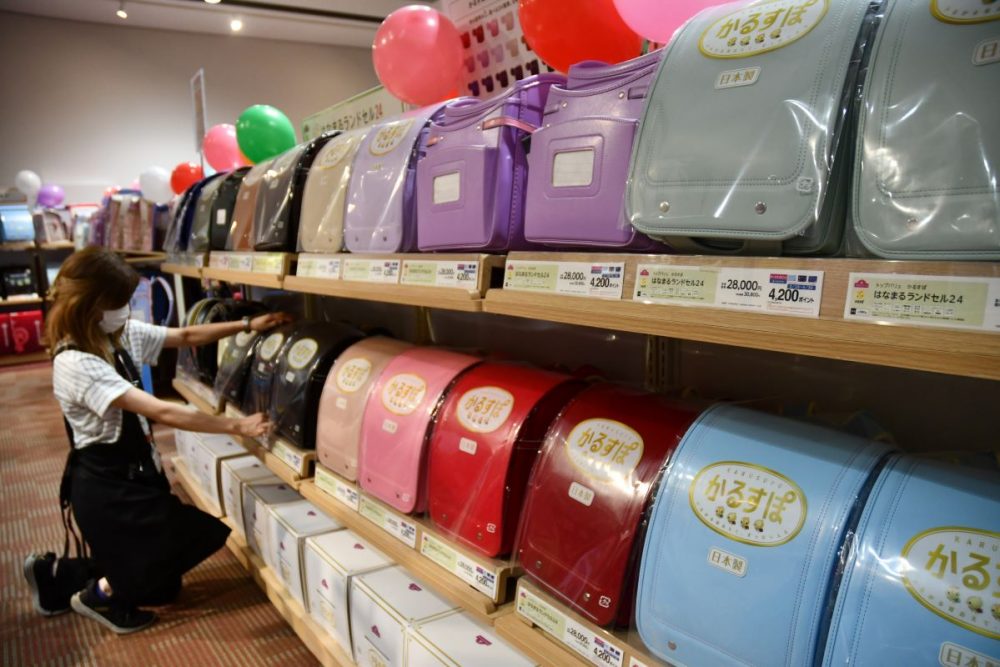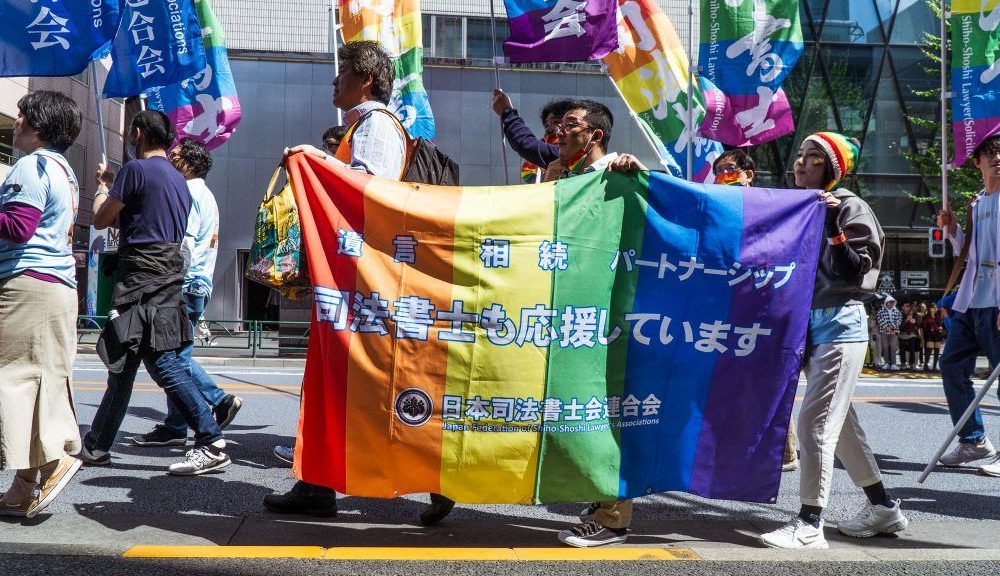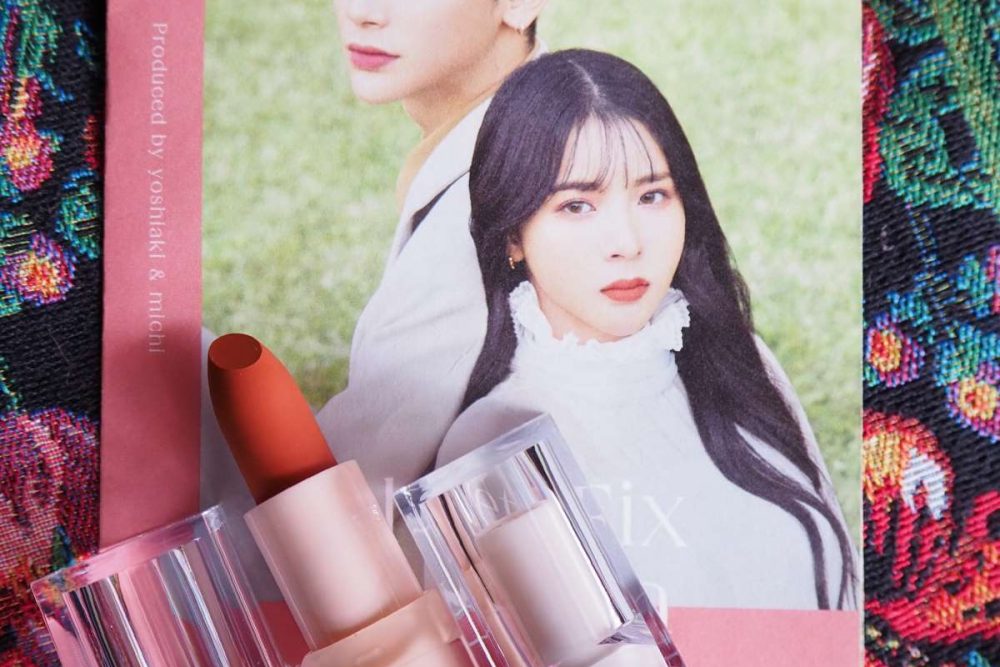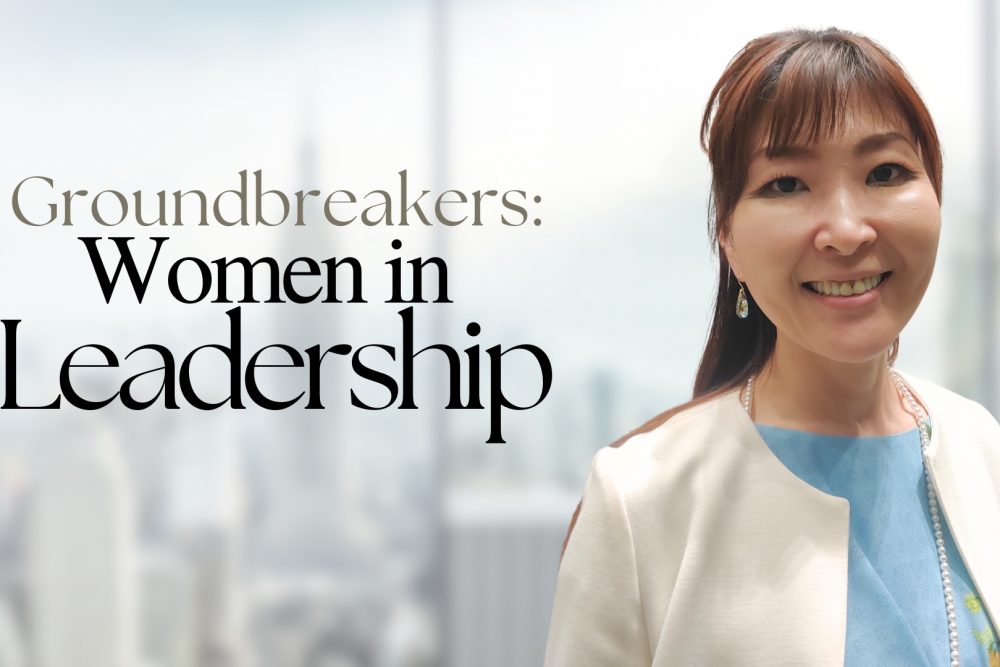Women in Focus: Ayuko Hoshino, the Scientist on a Quest to Cure Cancer
Hoshino's discovery has opened up new avenues for cancer treatment. Her outreach to young women will also multiply the value of future scientific research.

International Women's Day is a celebration of the achievements of women around the world. It is a day to reaffirm our vision of a global community where gender no longer impedes people from reaching their full potential.
It is also a day to remember that empowering women means empowering humanity, and scientist Ayuko Hoshino is a living example of this. Her groundbreaking discoveries have propelled her to the forefront of Japan's scientific research, inspiring many women to enter the sciences and follow in her footsteps.
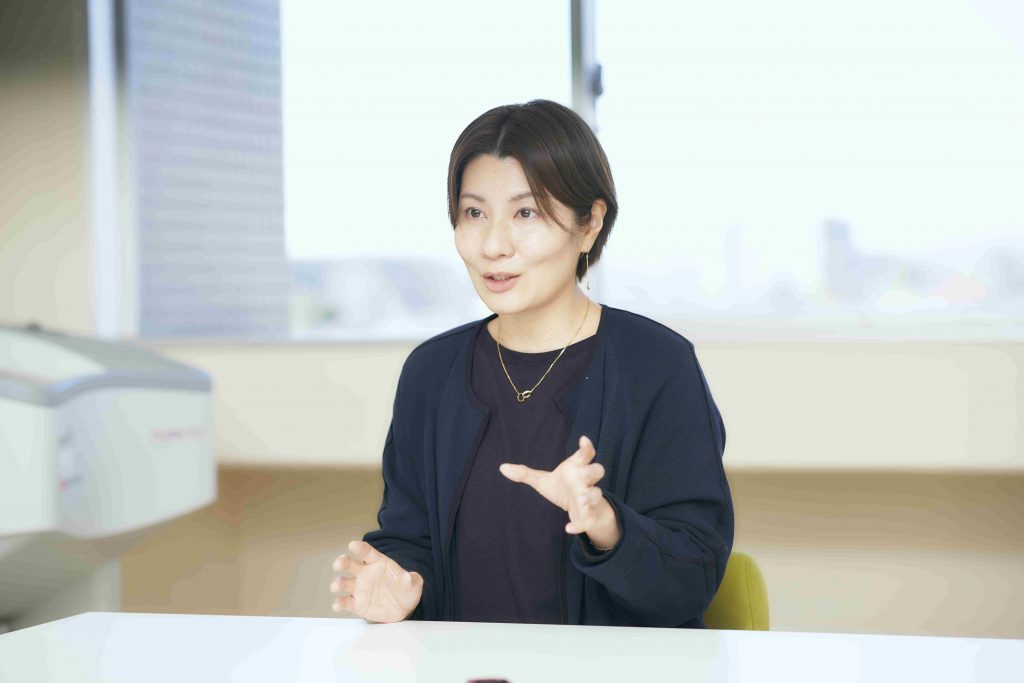
The Search for the Cure for Cancer
When Hoshino was a college student, she witnessed an event that became a turning point in her life. Her friend was diagnosed with osteosarcoma, a type of bone cancer. When Hoshino visited her friend at the hospital, she was shocked to see so many young children suffering from the same type of cancer.
"Some of them died within a few years. The bone cancer metastasized to their lungs. By the time they received surgery for it, the cancer had already spread elsewhere," Hoshino explains.
Certain cancers tend to spread to specific organs. The discovery of the phenomenon, known as "metastatic organotropism," is widely credited to English surgeon Stephen Paget. However, it was unclear what triggered the process until Hoshino published her paper in 2015. Her research showed that cell-released particles called "exosomes" had a role in determining where cancer would spread.
She explains, "Exosomes are like 'capsules' released by cancer cells prior to metastasis. These capsules contain molecules that function as 'zipcodes,' transporting the capsule to a specific organ. When the capsule arrives, its contents are released, which cultivates the 'soil'. This means that exosomes determine where future metastasis will occur."
This discovery has opened up new avenues for new cancer treatment. Hoshino is hopeful that her research will progress to the clinical trial stage: "Once we figure out how to remove bad exosomes, we may be able to slow or even prevent metastasis."
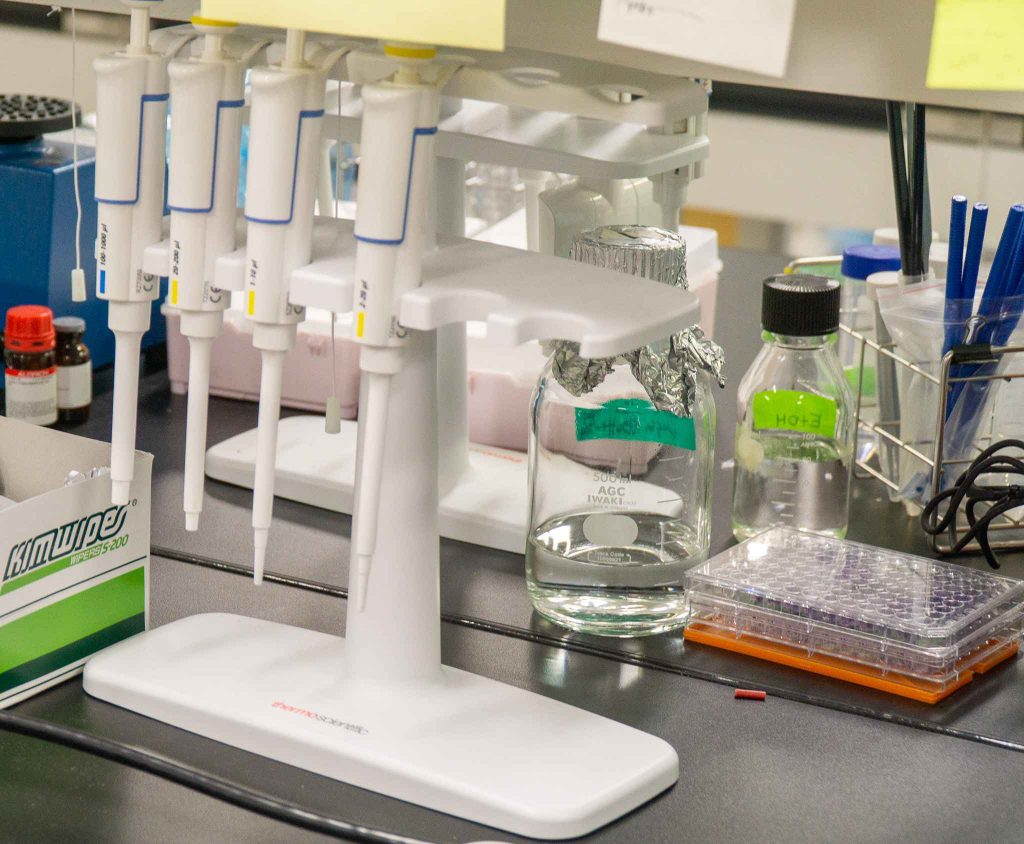
Promoting Women in the Sciences
Recognizing women who have conducted "outstanding research that contributes to a sustainable future society" is the job of the Japan Science and Technology agency. And in 2020, they honored Hoshino with their Brilliant Female Researcher award.
However, prejudice against women in the sciences remains a global issue. According to the 2022 Global Gender Gap report by the World Economic Forum, women continue to be underrepresented in STEM subjects.
Hoshino has worked to promote more women in the sciences since opening her lab in March 2020. For example, she visited high schools with the admissions committee of the Tokyo Institute of Technology, where her lab used to be, to address internalized bias against women working in STEM fields.
Drawing young women into the sciences needs to start early. Hoshino and the admissions committee have recognized this, organizing orientations for high school girls while inviting their parents to attend. Hoshino says that families from rural areas have been especially worried about allowing their daughters to study science. However, "By meeting more female researchers and faculty members, girls may feel more encouraged to pursue a career in the sciences," Hoshino suggests.
In March, her lab is relocating to the University of Tokyo's Research Center for Advanced Science and Technology (RCAST).
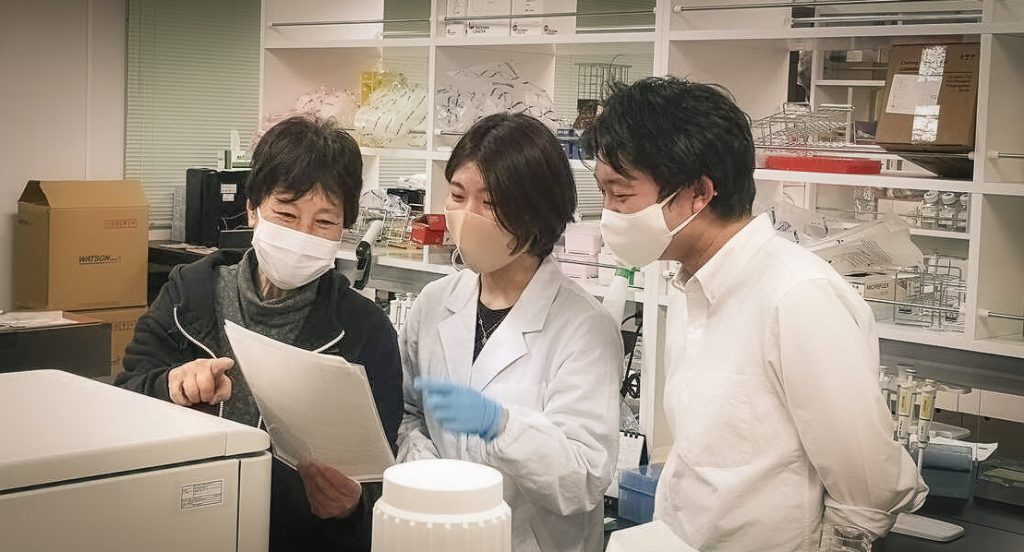
Being a Scientist and a Mother
"Many female researchers have had to give up for the sake of their families. But I don't think that's right," says Hoshino.
Her daughter was four years old at the time of this interview. It was easy for her to remember how difficult it was to attend academic conferences, especially when her daughter was younger.
When Hoshino returned to Japan from the United States, she was eager to attend many conferences and build connections. That was before the pandemic, when they were all held in person.
She took advantage of the available childcare services, including hotel babysitting services. But during a stay in Okinawa, her daughter became very ill. "I felt so guilty when I realized how much stress I was putting on her," Hoshino recalls.
That is when she learned that a "one-size-for-all approach" doesn't work when providing childcare support for researchers. "We need a flexible system that provides the necessary support for each person's individual needs," she emphasizes.
Unlike most labs, more than half of Hoshino's lab members are women. One of them is a medical doctor and a mother of two. During the pandemic, when nurseries closed or her children fell ill, the team covered for her to ensure that her experiments could continue.
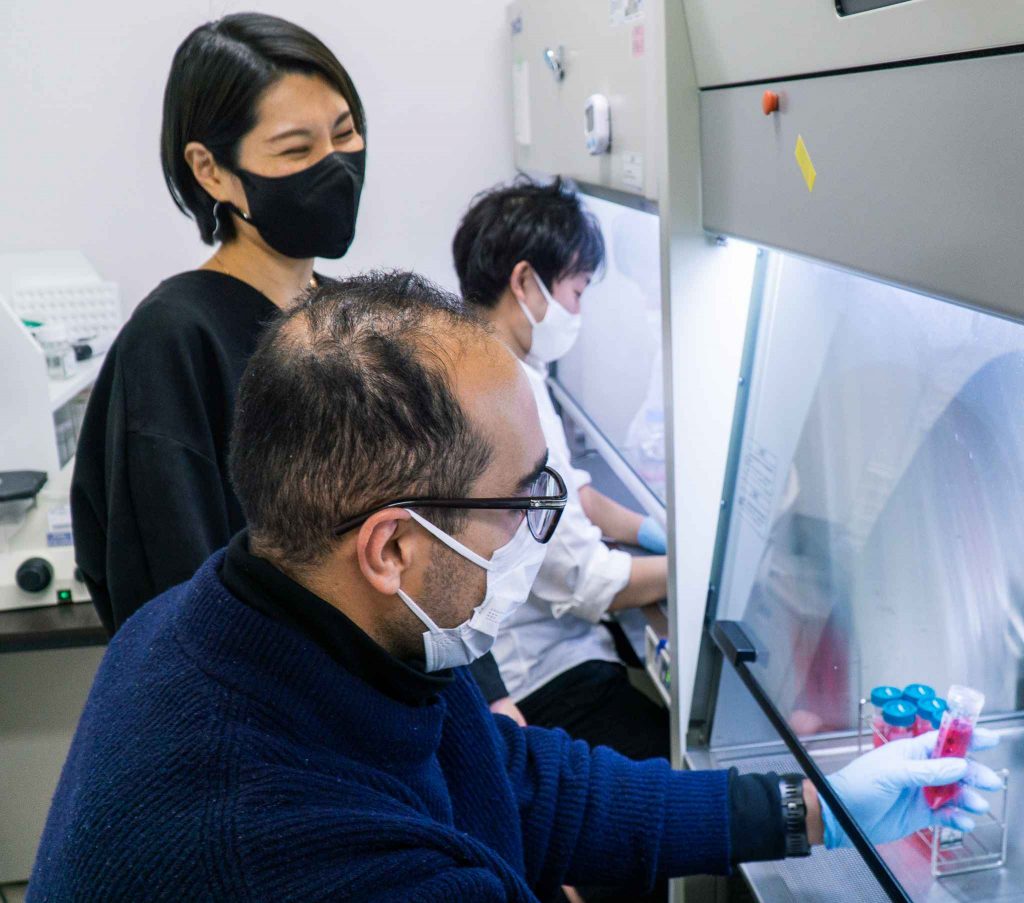
Gender and Diversity
Hoshino's efforts to promote more women in the sciences are an integral part of her vision for diversity. She believes that "great research can only be produced where there is diversity." And the accomplishments of her lab speak for themselves.
She elaborates: "For me, diversity is not just about gender. It also has to do with race and background. Some people have a corporate mindset, and others are more academic. One of our team members has provided crucial insight into our research by drawing on her background as a medical doctor."
The scope of her research has expanded to include other diseases and disorders such as autism spectrum disorder, pregnancy complications, and schizophrenia. Hoshino's leadership continues to make a lasting impact on medical research and the lives of aspiring female scientists in Japan.
There is still a long way to go in the fight for true gender equality. But it is people like Hoshino whose achievements remind us of the vast untapped potential that awaits when those biases are finally shed.
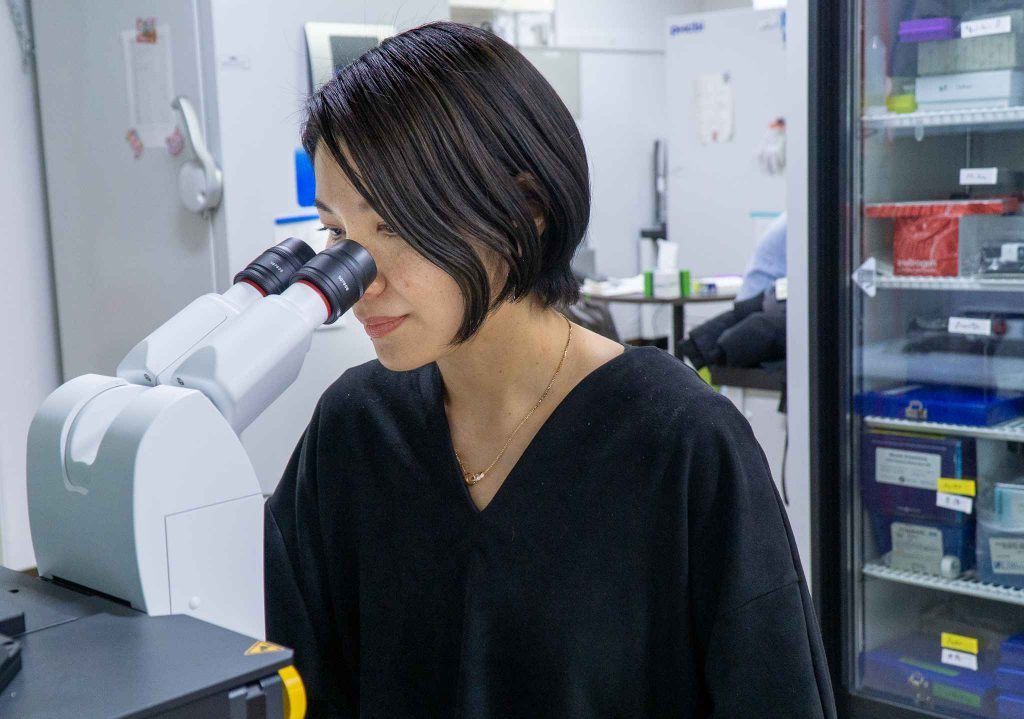
This article was first published on JAPAN Forward on March 7, 2023.






